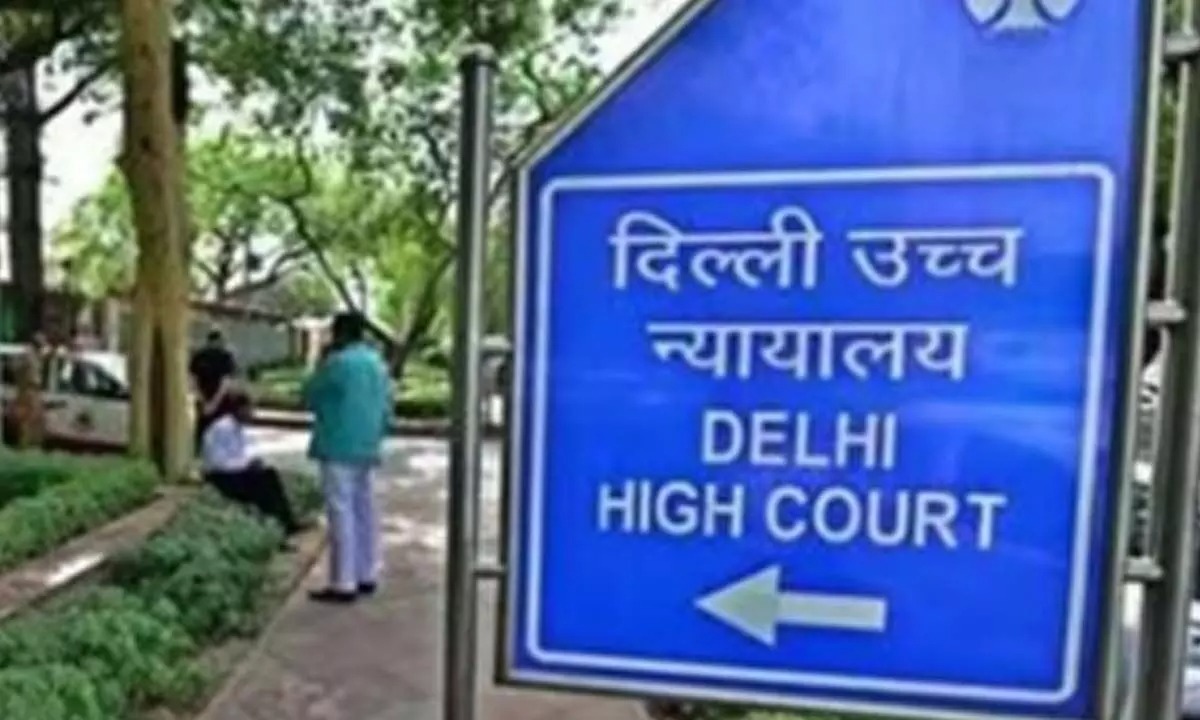@JUDGMENTTAG-ORDER
SUHAS CHANDRA SEN, J. :
The Tribunal has referred the following four questions of law to this Court under s. 256(1) of the IT Act, 1961 :
"(1) Whether, on the facts and in the circumstances of the case and particularly having regard to the provisions relating to the recording of statements on oath, in the Code of Criminal Procedure, 1973, the Tribunal was right in holding that there was nothing on record to show that any irregularity had been committed by the authorised office while recording the statement of the assessee on 29th August, 1980, when the said statement had clearly not other legal formalities been followed in the recording of the said deposition, and in relying wholly on the version of such recorded statement in arriving at its finding.
(2) Whether, on the facts and in the circumstances of the case, the Tribunal was right in law in holding that the assessees version of the facts of the case as deposed by him on 5th November, 1980, was entirely an after thought, and in discharging, and completely ignoring the same.
(3) Whether, on the facts and in the circumstances of the case, the Tribunal was justified in law, in ignoring the will of Smt. Sobhai Devi, which was an essential and material piece of evidence and in basing its findings upon some evidence only.
(4) Whether, on the facts and in the circumstances of the case, the Tribunal misdirected itself in law in holding that there was no creation of a Trust at all in terms of the will of Smt. Sobhai Devi."
The assessment year involved in this reference is 1981-82.
2. The relevant facts, as stated in the statement of case by the Tribunal are as under.
The assessee Vishwanath Kanodia is a 50% partner of M/s. Indermal Vishwanath, the other 50% partner being his mother. During the course of search at the residential and business premises, namely, 11, Burtolla Street, Calcutta on 29th August, 1980, besides other items a gold lump weighing 229.6 grams was discovered and seized by the authorised officer under s. 132 of the IT Act, 1961. At the relevant time, namely, while the search was going on the statement of Vishwanath Kanodia in terms of sub-s. (4) of s. 132 was recorded in which the authorised office asked the assessee to explain, inter alia, as to wherefrom he had got the said lump of gold and for how many years he had been having it. The version of the assessee given in course of interrogation by the ITO was significantly changed in course of proceedings under s. 132(5).
The assessees explanation was recorded by the authorised officer and was withnessed by Mr. M. L. Kedia and Mr. P. N. Agarwal. Thereafter in course of deposition on 5th November, 1980 the assessee changed his stand and the Tribunal has stated in its order :
"In the course of his deposition on 5th November, 1980 the assessee stated the "lump of gold that was seized represents the gold ornaments received from my grand mother-in-law under her will for use at the time of marriage of my son. This was later on converted into the present shape of lump through the jeweller M/s. Shyam Sunder Roy & Sons for the purpose of making ornaments according to present patters". On being asked as to why he had kept the gold in lump form without making the ornaments as intended, he replied the "after melting the gold the design shown by the jeweller was not up to my satisfaction and, hence, I took back the gold in lump form". On being asked to when did he melt the gold ornament, the assessee replied "about 20/22 days before the search and seizure". The ITO wanted to know from the assessee as to "how many sons you have and for whom the grand mother-in-law gave the ornaments ?", the assessee replied "She did not specify the son. It was meant for the wives of my 3 sons at that time". The ITO asked the assessee to explain as to why he melted the gold and for what purpose ? The assessees reply was "there were negotiations going on for my eldest sons marriage, viz., Anil Kumar Kanodia and I wanted to remake the ornaments". The ITO naturally wanted to know as to "what happened reply was "There was no specific proposal from any brides side and nothing settled".
The ITO did not accept the assessees aforesaid version. The matter was carried by the assessee in appeal under sub-s. (12) of s. 132 of the Act to the CIT, who noted the aforesaid contradictions in the first statement given in the course of proceedings under sub-s. (5) of s. 132 of the IT Act, 1961. Apart from it, the CIT pointed out that the assessees wife Smt. Shanti Devi had not disclosed the gold chain weighing about 20 tolas in her wealth-tax return subsequent to the death of her grandmother in May, 1974. He also pointed out that the proprietor of the firm M/s. Shyam Sunder Roy & Sons, who had allegedly melted the ornaments had not recorded in his books of account of the goldsmith business the charges received by him from melting the said ornaments. The CIT was of the opinion that the "Explanation furnished in respect of the seized gold in fabricated and false".
During the course of regular assessment proceedings the same stand, as was taken in the proceeding under sub-s. (5) of s. 132, was repeated by the assessee. A copy of the will referred to above was also placed on record. From a perusal of the said will it appears that the author of the will, Smt. Sobhai Devi Kanodia, possessed certain ornament, which she willed to her daughter Sita Debi and to three of her grand daughters including the wife of Vishwanath Kanodia, the assessee in the present case namely. Smt. Shanti Devi. In the body of the will the following declaration was made by the author of the will :
"The property mentioned above, is my Stridhan and I give the responsibility of disposing of the said property in terms of my will to my son Nagarmal. I have given the said property to my daughter and grand daughters. It is my wish that they should give the said jewellery on the occasion of Muh Dikhai of their sons marriage."
3. On the above facts and after appraising the evidence on record, the ITO held that the assessee had not been able to explain satisfactorily the nature and source of the acquisition of the gold referred to above. He, therefore, held it as assessees income from undisclosed sources. Accordingly, he added the value of the aforesaid gold amounting to Rs. 33,870 to the total income of the assessee as protectively in the assessment of the firm.
4. When the case went to the Tribunal, the Tribunal was of the view that the assessee had not been able to give any cogent explanation as to the nature and source of the acquisition of the gold lump. The explanation given by the assessee was not accepted by the ITO. In course of regular assessment proceedings, the ITO is entitled to rely on evidence gathered by him from any source. No formality is required for this purpose. The ITO gave an opportunity to the assessee to rebut or deal with the allegation.
5. A point was taken as to non-consideration of the evidence. The Tribunal has elaborately discussed the evidence and in particular discussed the question of genuineness of the will. The Tribunal is entitled to assess the evidence that was produced before it to determine its evidentiary value. The Court cannot reappraise the evidence and upset the finding of fact made by the Tribunal.
6. In view of the aforesaid the question No. 1, 2, and 3 are all answered in the affirmative and in favour of the Revenue. The question No. 4 is answered in the negative and in favour of the Revenue.
7. There will be order as to costs.
BHAGABATI PRASAD BANERJEE, J. :
I agree.

